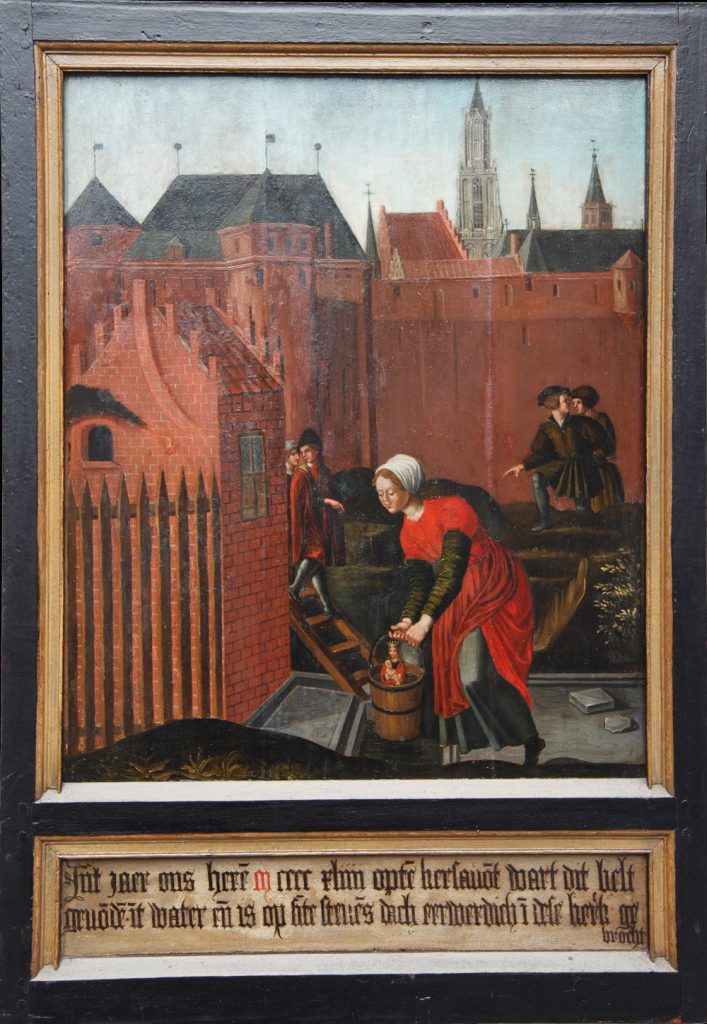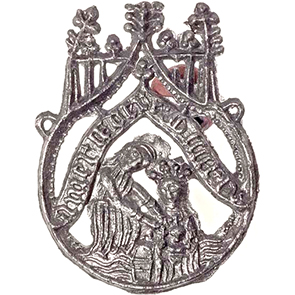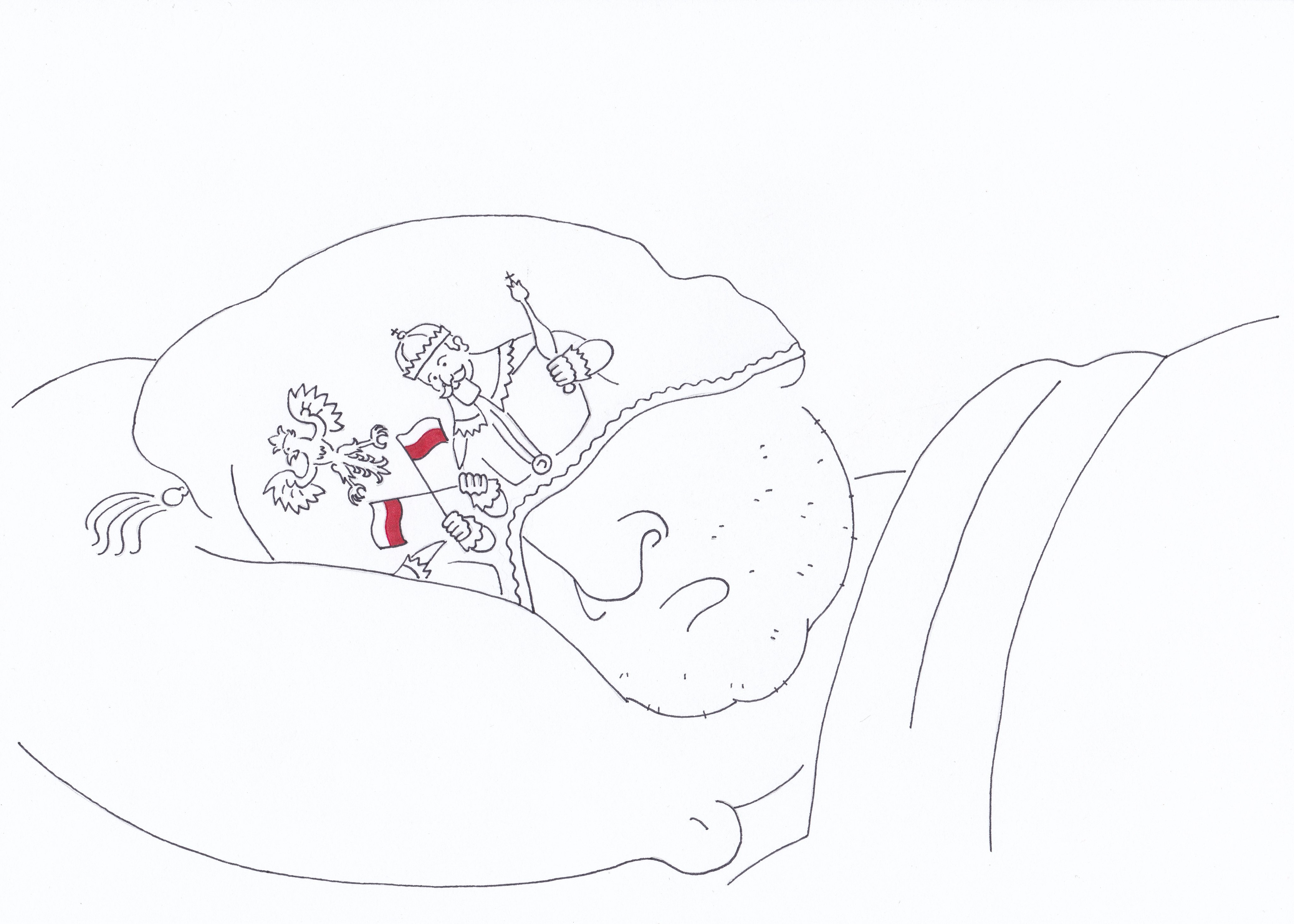Roland Garros or the French Open 2021 starts today, and both Polish and Dutch tennis players are represented. Among them are such well-known players as Iga Świątek – last year’s winner – and Kiki Bertens. Perhaps they will end up playing against each other directly. In the past, however, Polish and Dutch players have also been successful as a pair. You may remember that, in other tennis tournaments, multiple doubles events were won by the Dutch-Polish tandem Tom Okker and Wojciech Fibak.
Tom Okker was born in Amsterdam in 1944 and was active as a tennis player from the mid-1960s until 1980. He won 40 singles titles and 78 doubles events, and was ranked world No. 3 in singles in 1974 and world No. 1 in doubles in 1969. Fibak was born in Poznań in 1952 and won his first tournament in 1976. Throughout the 70s and 80s, he won 15 singles and 52 doubles, ranking world No. 10 in singles in 1977 and world No. 2 in doubles in 1979. He was particularly successful in the late 70s with Okker, who together won 17 doubles. Fibak’s last victory in a doubles final occurred in 1987, which he achieved with another Dutchman, Michiel Schapers.
Good luck to all Polish and Dutch players at this year’s Roland Garros tournament!

*I originally wrote this post for the social media outlets of the Dutch Embassy in Poland. This was post no. 16.
 Did you hear about the medieval pilgrim from Gdańsk who visited the Netherlands? The story begins around Christmas 1444, when something remarkable occurred in Amersfoort, near Utrecht: a local girl, Margriet Gijsen, purportedly had three visions, in which God told her to go to a canal outside the city and find a statue of the Virgin Mary. Margriet did so and pulled the statue out of the icy water. This event was interpreted as a miracle, and Amersfoort quickly grew into an well-known place of worship. Pilgrims from all over Europe came to honour the statue, particularly on the Sunday before Pentecost. The miracle of Margriet and ca. 550 other miracles related to the statue are recorded in the so-called Mirakelboek, which starts in 1444 and ends in 1545. The statue was especially popular with shipmen and evoked in case of sea storms, shipwreck and drowning.
Did you hear about the medieval pilgrim from Gdańsk who visited the Netherlands? The story begins around Christmas 1444, when something remarkable occurred in Amersfoort, near Utrecht: a local girl, Margriet Gijsen, purportedly had three visions, in which God told her to go to a canal outside the city and find a statue of the Virgin Mary. Margriet did so and pulled the statue out of the icy water. This event was interpreted as a miracle, and Amersfoort quickly grew into an well-known place of worship. Pilgrims from all over Europe came to honour the statue, particularly on the Sunday before Pentecost. The miracle of Margriet and ca. 550 other miracles related to the statue are recorded in the so-called Mirakelboek, which starts in 1444 and ends in 1545. The statue was especially popular with shipmen and evoked in case of sea storms, shipwreck and drowning. The story can be related to a pilgrim’s badge from Amersfoort, which was found in or near Gdańsk. The badge depicts the moment when Margriet pulled the statue of Mary out of the water. Such badges were made at the place of worship and could be purchased by pilgrims, who then took them back home. The badge shows the importance and popularity of Amersfoort as a medieval pilgrimage site, which really was visited by people from Gdańsk. Perhaps the man from the story took a badge home as well…
The story can be related to a pilgrim’s badge from Amersfoort, which was found in or near Gdańsk. The badge depicts the moment when Margriet pulled the statue of Mary out of the water. Such badges were made at the place of worship and could be purchased by pilgrims, who then took them back home. The badge shows the importance and popularity of Amersfoort as a medieval pilgrimage site, which really was visited by people from Gdańsk. Perhaps the man from the story took a badge home as well…